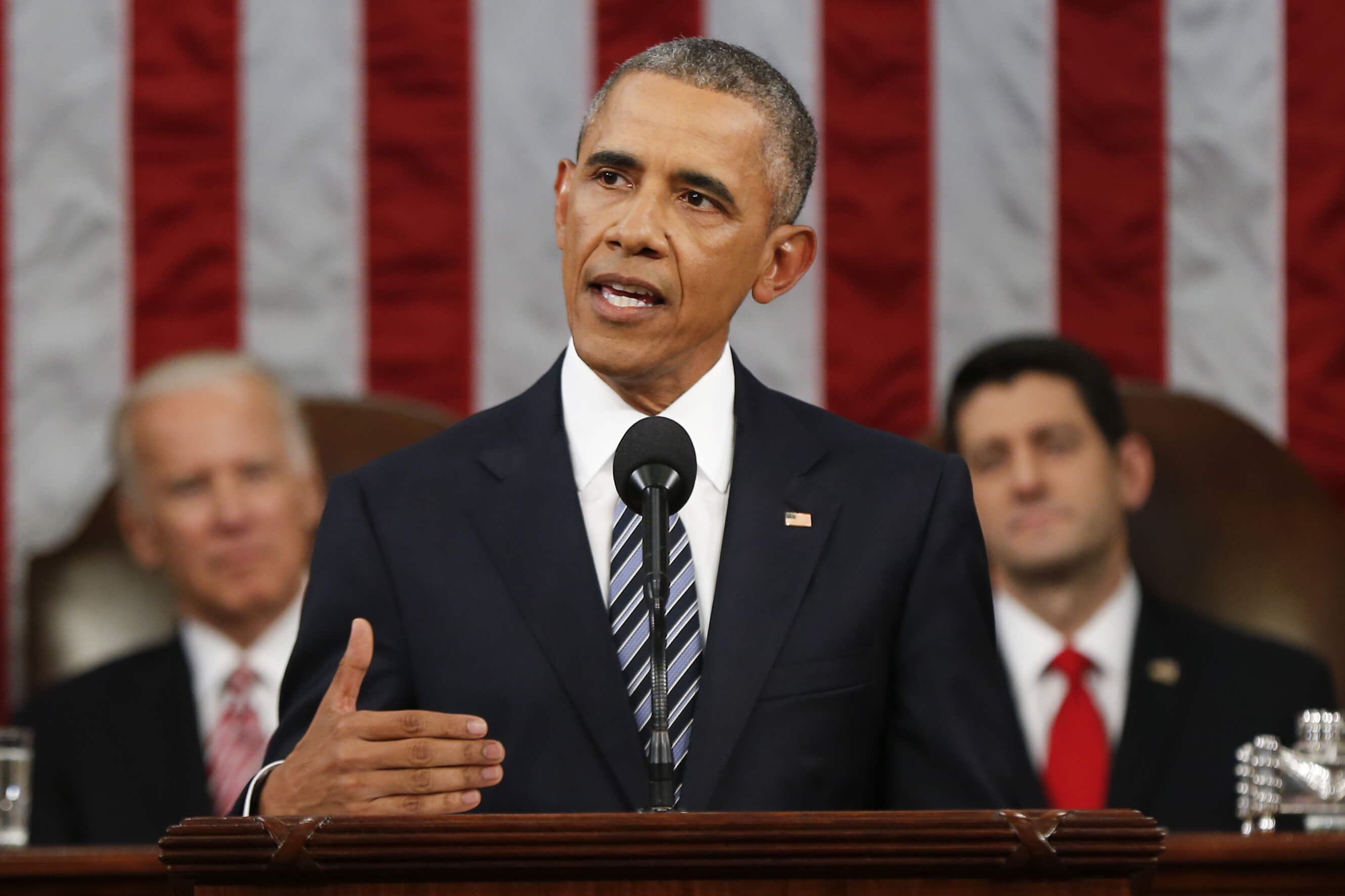The State of the Union: a Rorschach test

Sometimes the truth seems like a Rorschach test. Two people can both look at the same inkblot but where I see a bunny, you see a bulldozer. We’re both right, of course, but we’re also both wrong.
Last night, as President Obama gave his final State of the Union speech, I was struck by how today’s economy seems like that famous inkblot. A large percentage of Americans believe the U.S. economy is performing poorly and that their jobs are seriously in jeopardy. The president looks at the same evidence and sees a strengthening economy.
“We’re in the middle of the longest streak of private-sector job creation in history,” he told Congress and the nation. “More than 14 million new jobs; the strongest two years of job growth since the ‘90s. An unemployment rate cut in half. Our auto industry just had its best year ever. Manufacturing has created nearly 900,000 new jobs in the past six years. And we’ve done all this while cutting our deficits by almost three-quarters.”
This is all true and it is good news. It’s especially so relative to the condition of the U.S. economy eight years ago. In January 2009 when President Obama entered the White House, the economy was shedding jobs at a rate of more than 20,000 per day. About 2.65 million homeowners were estimated to be in default in 2008, up dramatically from around 800,000 in 2005. And the stock market had shrunk by 44 percent from the beginning of 2008 to President Obama’s first inauguration. The economy appeared to be in free-fall.
Decisive action on the part of the President and Congress averted a full-scale economic collapse. But it didn’t prevent a multiplicity of smaller economic crises from happening inside families all across the United States. While there were immediate fixes made to avert a second Great Depression, serious long-term economic problems remain—ones that many Americans are fully aware of.
As President Obama acknowledged, not everyone is benefiting from the strong economic gains. For the past 40 years, our economy has been on an upward march of increasing inequality. The Great Recession and our policy responses to it didn’t change this course. According to the latest data from University of California-Berkeley economist Emmanuel Saez, between 2009 (when the economic recovery began) and 2014 (the latest year for which we have data), the top 1 percent of Americans have taken 58 percent of all economic gains. As of 2014, the bottom 99 percent had recovered just under 40 percent of the losses they suffered between 2007 and 2009.
Economic progress is important, but it must be shared. This is not just about values—although that’s important. Shared prosperity promotes economic stability. A key strength of our economy has always been our middle class. Yet the Pew Research Center reports that the share of Americans that are in middle-income households is at its lowest point since 1971.
As the president pointed out during his speech, the kind of economic security that families crave is more likely seen inside the halls of Congress than on Main Street. What’s more, many families have a nagging sense that the jobs being created aren’t as good as the ones we’ve lost. There’s fear that solid, middle-class jobs aren’t coming back. Some blame globalization or immigrants, but last night President Obama pushed the American people to focus on how “working families won’t get more opportunity or bigger paychecks by letting big banks or big oil or hedge funds make their own rules at the expense of everyone else; or by allowing attacks on collective bargaining to go unanswered.”
How do we give everyone a fair shot at opportunity and security in this new economy? Looking at what’s happening at the top of the income and wealth ladders is a good place to start. Economists are looking into the question of whether those at the top are getting more than their fair share—and they’re finding evidence that this may be the case. Armed with this data-driven research, policymakers can investigate the kind of pro-growth economic policies that may create the kind of economy that looks good to those at the top, the middle, and the bottom of the U.S. wealth and income spectrum.
Heather Boushey is Executive Director and Chief Economist at the Washington Center for Equitable Growth.
